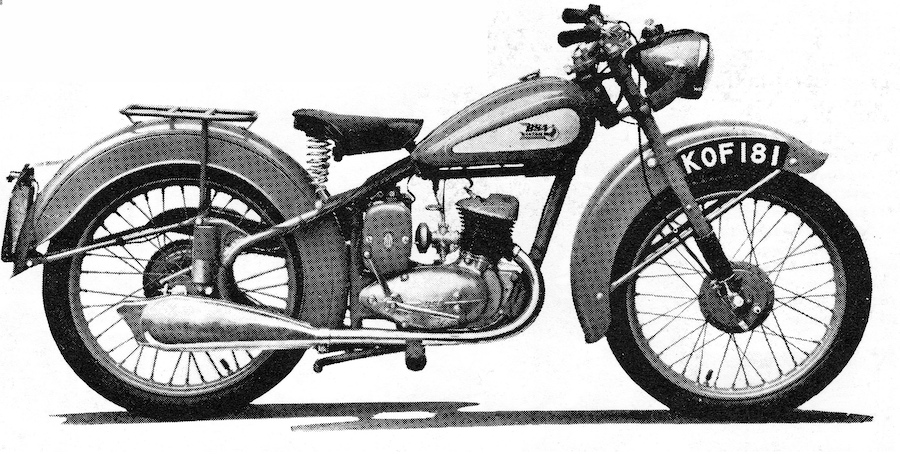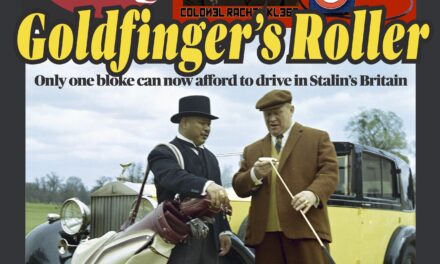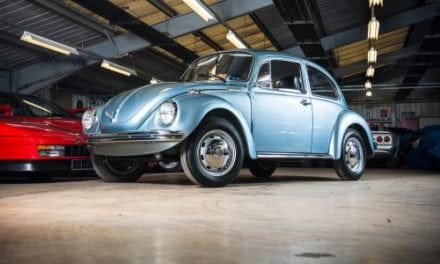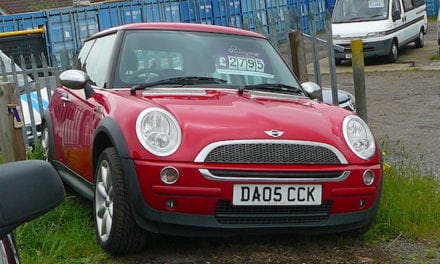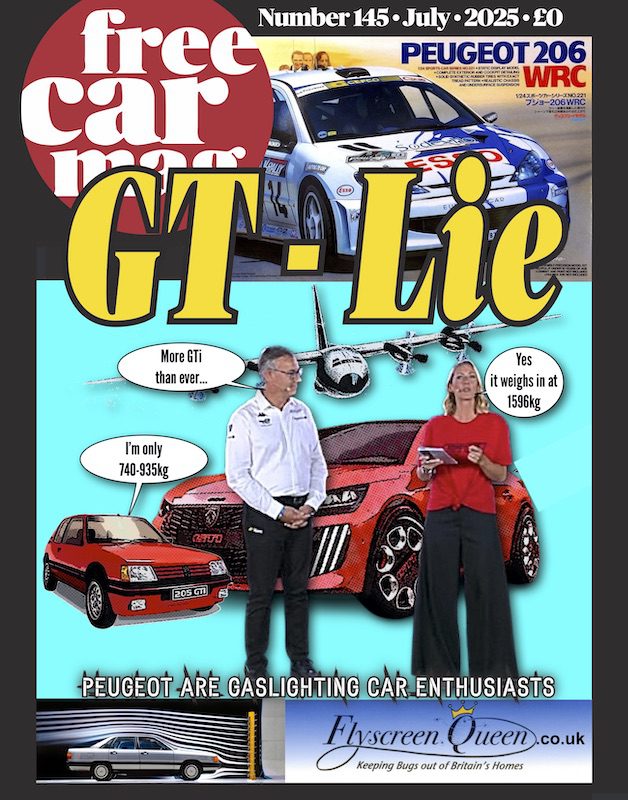Given that motorcycles are smaller than cars, riders have the luxury of space. Alongside the main, day-to-day bike, they might invest in a second, more esoteric one for use at weekends. Often, this makes it easier to get into the wonderful world of classic bikes.
But shopping for a classic bike is fraught with difficulty. Make the wrong decision, and you might find yourself burdened with a high-maintenance wreck. Getting rid of the thing after you’ve made a purchase can be difficult – so it’s worth saving yourself the trouble, and doing your homework ahead of time.
What is a Classic Bike?
What constitutes a classic is a matter of opinion. You might imagine that a bike older than two decades would be a classic one – and a classic bike insurance policy might agree. Triumphs and Harley Davidsons might fall into this category, but so too might more modern-seeming Hondas and Kawasakis.
Many motorcyclists will regard the machine that they first got started with as a classic worth revisiting. Or perhaps it’s a bike you’ve put on your wall, but could never afford. When you’re considering your options, it’s worth factoring in the ease with which you’ll be able to track down spare parts.
Why Do you Want one?
Before investing in a classic, it’s worth managing your expectations. If you imagine that a forty-year-old bike is going to be able to cope with a modern one, especially one the winding country roads where you’ll be having most of your fun, then you might be in for a disappointment.
It’s also worth thinking about whether you’re going to be riding the bike, or simply caring for it. In the latter case, try not to bite off more than you can chew. If you don’t have the skills to fix a project, it’ll remain a project forever.
Where to Shop
You might be tempted to do your research through sites like eBay and Facebook marketplace. But there’s reason to be cautious, here. eBay prices tend to be considerably more optimistic than a real-world seller would ask for. Moreover, selling online is an effective way to obscure problems and to offload bangers. Don’t buy on the first day of a show or jumble-sale, unless you spot something that you really, really want. Wait for the price to come down, and be prepared to say no.
What about Spare Parts?
If you’re investing in a really old bike, then you’ll need to get acquainted with specialist manufacturers who make replacements – often using original factory tooling bought from the manufacturer. When shopping for parts, you’ll come across the term ‘New Old Stock’ (or NOS), which basically refers to parts which have been sitting on a shelf somewhere since the bike was being made.

